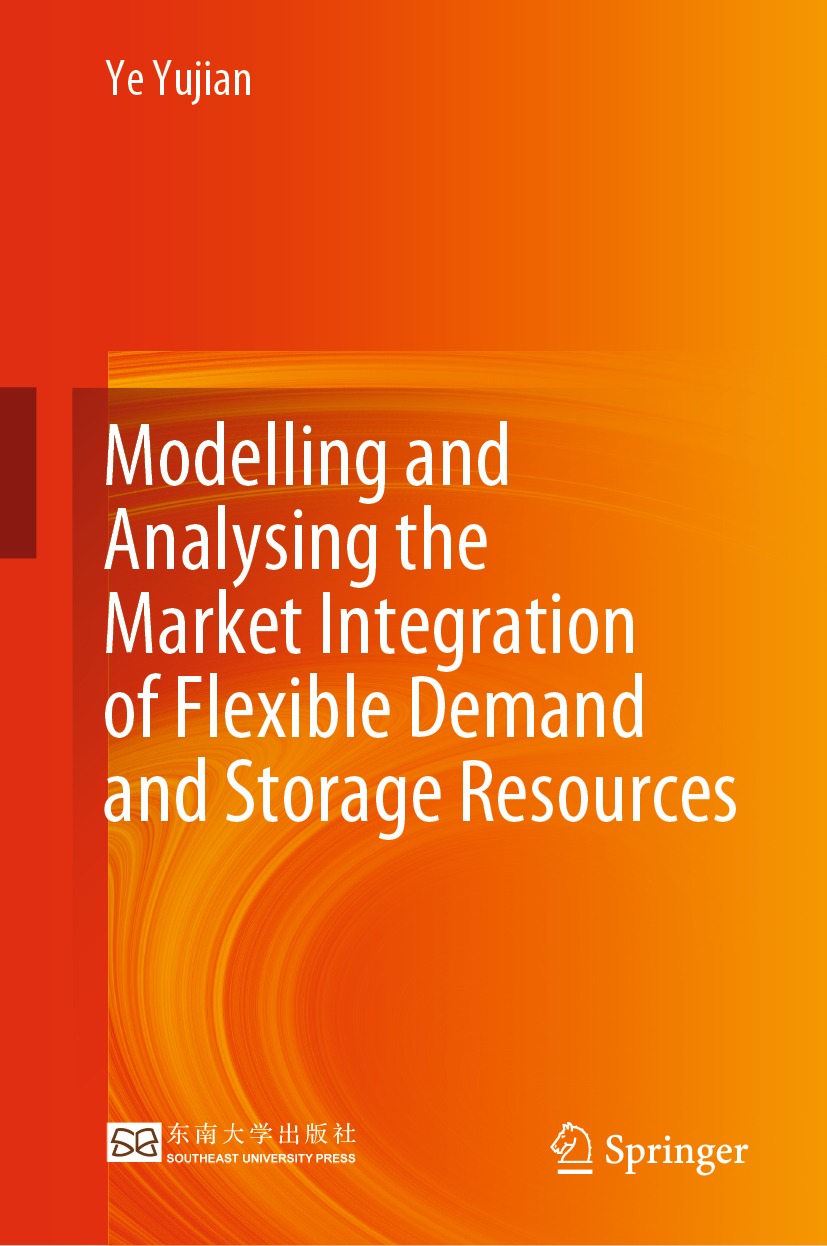“I am sure practitioners, auditors, and regulators will find the content of Mr Shaik’s book of value. The accessible style is also welcome. All in all, a worthwhile addition to the finance literature and one that hopefully helps plug the knowledge gap in this field.” - from the foreword by Professor Moorad Choudhry, Brunel University Managing Derivatives Contracts is a comprehensive and practical treatment of the end-to-end management of the derivatives contract operations, systems, and platforms that support the trading and business of derivative products. This book focuses on the processes and systems in the derivatives contract life cycle that underlie and implement the activities of derivatives trading, pricing, and risk management. Khader Shaik, a Wall Street derivatives platform implementation expert, lays out all the fundamentals needed to understand, conduct, and manage derivatives operations. In particular, he provides both introductory and in-depth treatment of the following topics: derivative product classes; the market structure, mechanics, and players of derivatives markets; types of derivative contracts and life cycle management; derivatives technology platforms, software systems, and protocols; derivatives contracts management; and the new regulatory landscape as shaped by reforms such as Dodd-Frank Title VII and EMIR. Managing Derivatives Contracts focuses on the operational processes and market environment of the derivatives life cycle; it does not address the mathematics or finance of derivatives trading, which are abundantly treated in the standard literature. Managing Derivatives Contracts is divided into four parts. The first part provides a structural overview of the derivatives markets and product classes. The second part examines the roles of derivatives market players, the organization of buy-side and sell-side firms, critical data elements, and the Dodd-Frank reforms. Within the framework of total market flow and straight-through processing as constrained by regulatory compliance, the core of the book details the contract life cycle from origination to expiration for each of the major derivatives product classes, including listed futures and options, cleared and bilateral OTC swaps, and credit derivatives. The final part of the book explores the underlying information technology platform, software systems, and protocols that drive the end-to-end business of derivatives. In particular, it supplies actionable guidelines on how to build a platform using vendor products, in-house development, or a hybrid approach.












